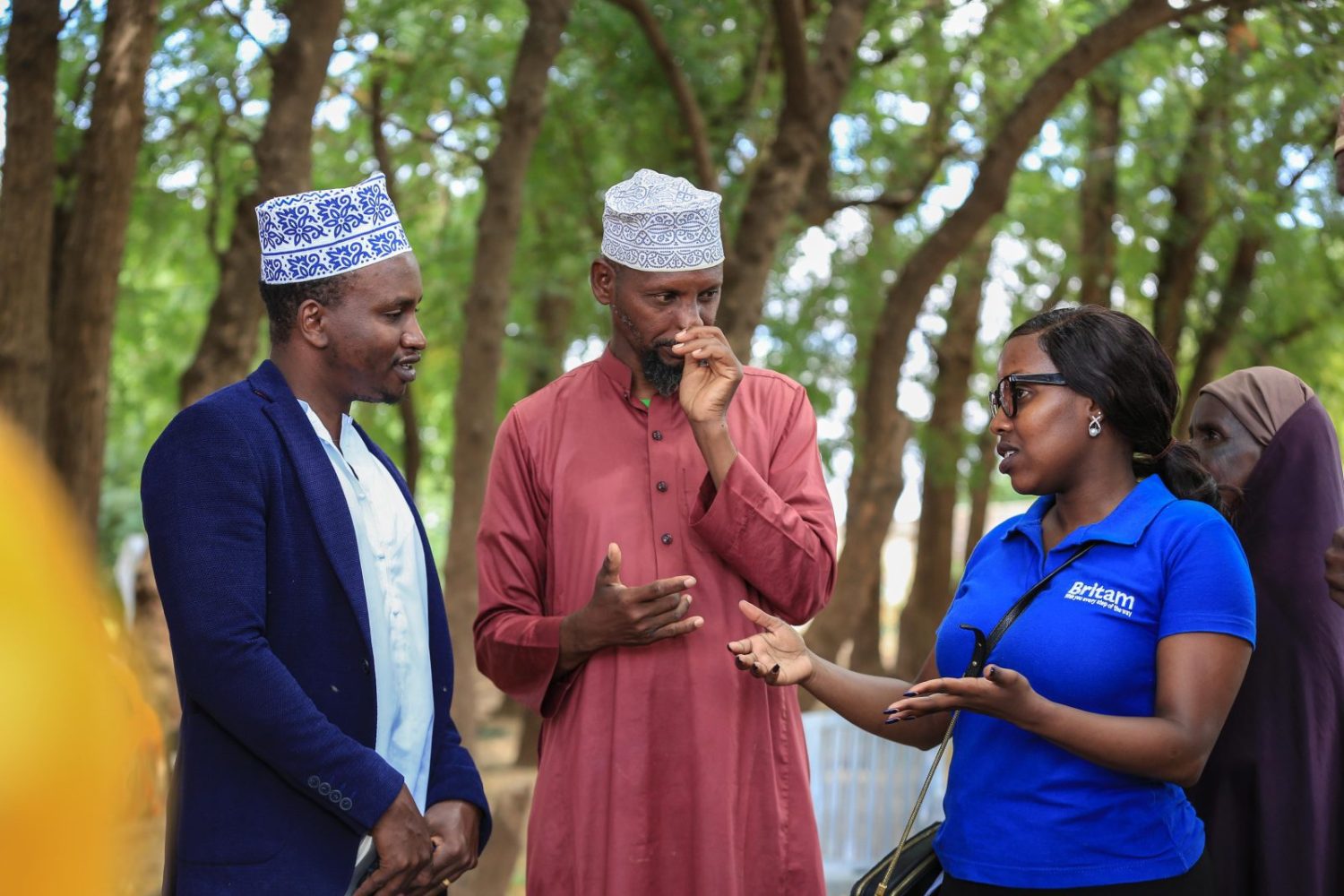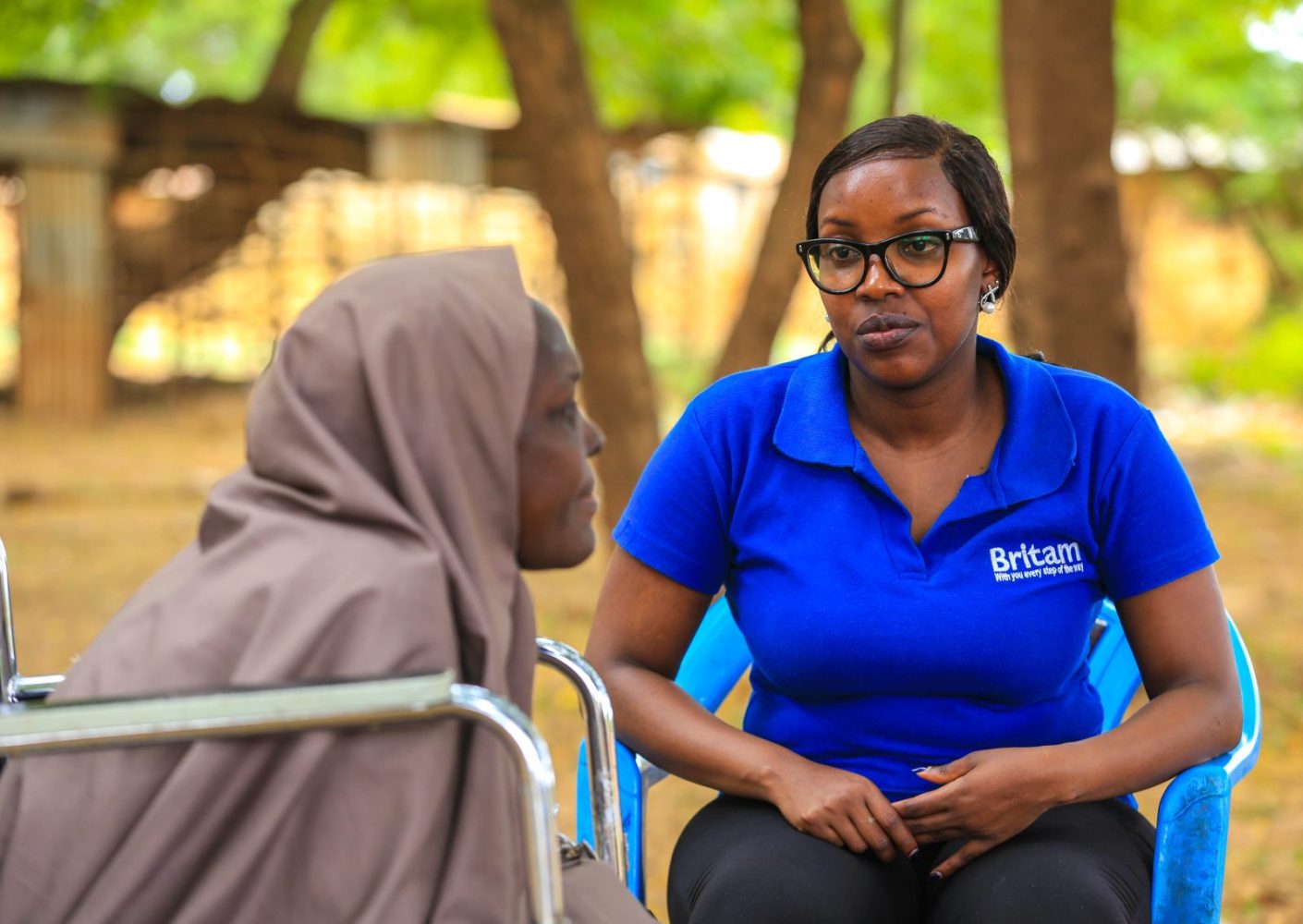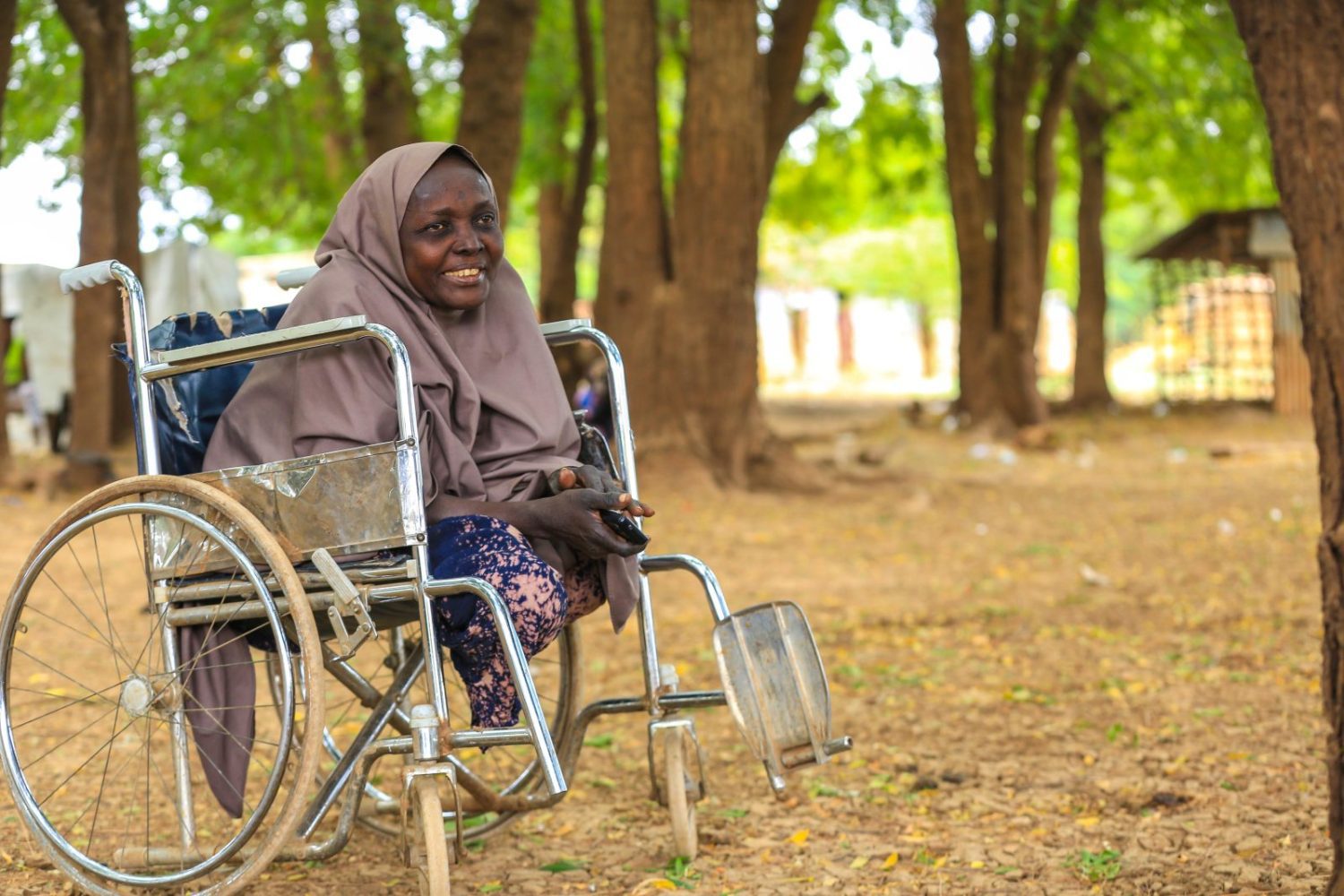Kenyans were displaced by floods during October–December 2023, with 170 fatalities recorded.
Of Tana River county’s population lives below the poverty line, necessitating subsidised solutions.
Total insurance payouts distributed to 300 families in Tana River County.
Of beneficiaries were women, youth or persons with disabilities.
Of surveyed households expressed willingness to invest in flood insurance.
Families showed readiness to pay annual premiums between that range.
When torrential rains swept through Kenya between October and December 2023, Tana River County bore the brunt of the devastation. Over 546,000 Kenyans were displaced, 170 lives were tragically lost, and entire communities were left grappling with the aftermath of unrelenting floods. Among these were 300 families in Tana River who, for the first time, received financial relief through an innovative flood insurance programme.
This lifeline, a partnership between Britam Insurance Kenya and FSD Africa, marked a turning point for communities historically overlooked by private-sector solutions. Britam, supported by FSD Africa, spent over two years designing and piloting Kenya’s first-ever flood insurance product to address this chronic risk.

The journey began with an extensive feasibility study across Tana River, Kilifi, and Kisumu counties, involving 251 households and 16 stakeholders from humanitarian, government, and private sectors. The study revealed that 70% of respondents expressed a willingness to invest in an insurance product, despite their average household income barely exceeding Kshs. 11,700 a month. With this data in hand, Britam crafted a tailored insurance solution that would compensate families for flood damage and restore their dignity and sense of security.


Out of the 300 households insured, 75% were headed by women, youth, or persons with disabilities—groups disproportionately affected by climate shocks. The pilot’s subsidised premiums, funded in part by Oxfam Kenya, ensured that even the most vulnerable had access to this groundbreaking financial safety net.

“The Britam payments came when we needed them most.”
For Sailencer Rukia Kale, a 29-year-old widowed mother of three from Mororo Village, the flood insurance was nothing short of a miracle. Sailencer used the Kshs. 47,000 she received in multiple pay-outs to replace beddings while in a rescue camp, cover her daughter’s school fees, and repair her home after returning to the village. As the guardian of her two sisters and a niece, the funds gave her a fighting chance to rebuild her life.

Britam’s flood insurance programme represents more than just financial aid—it’s a model for how innovative solutions can bridge the gap between humanitarian relief and sustainable development. FSD Africa’s catalytic funding played a vital role in de-risking the pilot phase, enabling Britam to partner with global reinsurer Swiss Re to cover 80% of the claims.
This partnership illustrates the potential for scaling such interventions to other flood-prone areas, including urban regions like Kisumu, where risk profiles differ significantly. As Kenya braces for the uncertainties of climate change, the flood insurance programme offers a glimmer of hope. For families like Sailencer’s, it is more than a policy—it is a promise of resilience, a chance to rebuild, and a testament to the power of partnerships. By blending storytelling, data, and human-centred design, this initiative demonstrates that even in the face of devastation, recovery is possible with the right support. The journey doesn’t end here. To scale and integrate climate adaptation measures, Britam and FSD Africa are rewriting the narrative of disaster response in Kenya, proving that even the most vulnerable can weather the storm and emerge stronger.
2025 © FSD Africa
Designed and developed by Smith Aegis